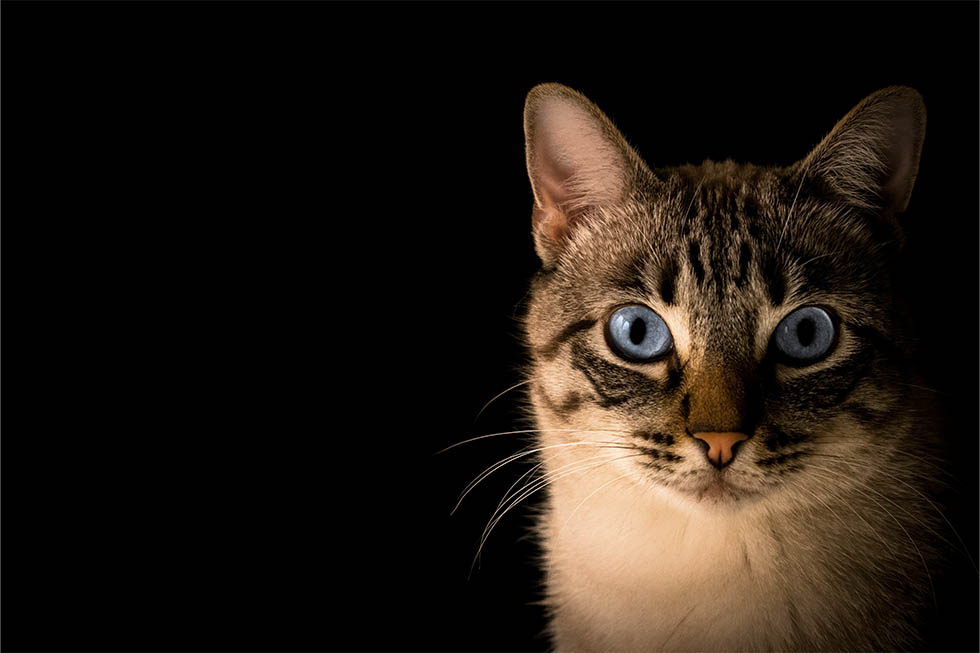
Cat Facts: Unveiling the Mysteries of Our Friendly Felines
Welcome, fellow cat lovers blessed with curious minds who want a more in-depth understanding of our feline friends. Pet Insurance Australia brings to life the captivating world of cats, where each twitch of a whisker and flick of a tail holds a tale waiting to be told. Prepare to be whisked away into a realm of purrs and whisker-twisting facts that will ignite even the most curious cat lovers.
What are some of the top facts about cats? Let’s face it: if you are a devoted cat lover, you’ll undoubtedly know that your incredible feline exhibits some interesting behaviours, from their curious noses and twitching tails to those perfect (and healing) rhythmic purrs.
Fact #1: The Cat’s Whisker Wonders
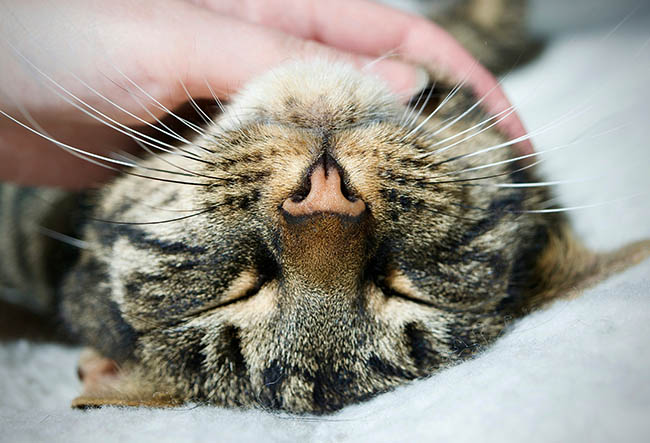
Let’s start with a whisker-whopper! Did you know that a cat’s whiskers are not just for show? These delicate, sensitive sensors play a crucial role in helping our furry friends navigate their surroundings with finesse and precision. Each whisker is deeply rooted in a network of nerves, providing invaluable information about the cat’s environment, including the size and shape of objects, even in darkness. It’s like having built-in radar!
Does the length of your cat’s whiskers mean anything?
Yes, interestingly, the length of your cats’ whiskers will be the same size as the width of their body to ensure if they poke their head into a hiding hole, they’ll be able to get back out. There is one catch, though – if your feline has put on weight, their whiskers will not grow, which could explain why some cats get stuck in the cat flap. Cats will use their whiskers as a ruler – so they can judge distances and spaces.
Fact #2: A Tail of Communication
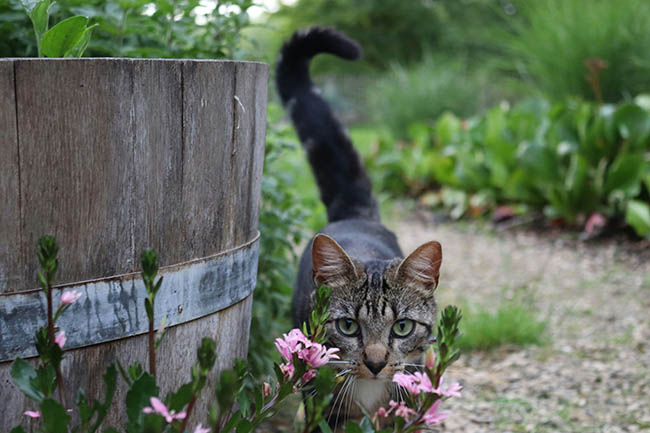
Ever wonder what your cat is trying to say when it twitches its tail? Cats are notorious for their subtle yet expressive body language, and their tails are no exception. A quick flick, a gentle swish, or a vigorous wag can convey many emotions, from curiosity and contentment to irritation and excitement. Understanding the language of the tail can deepen your bond with your feline friend and unravel the mysteries of their mood.
What Is Special About A Cat’s Tail?
The experts agree that the language of a cat’s tail can tell you a lot about how your cat is feeling. A straight tail with a slight curve is a greeting sign that your cat is happy and content. A whipping tail can signify that your cat is upset or possibly intending to become aggressive – cue the hisses and swipes. If your cat’s tail is moving while they are asleep – it is a good indication they are dreaming.
Fact #3: The Purr-fect Healing Power
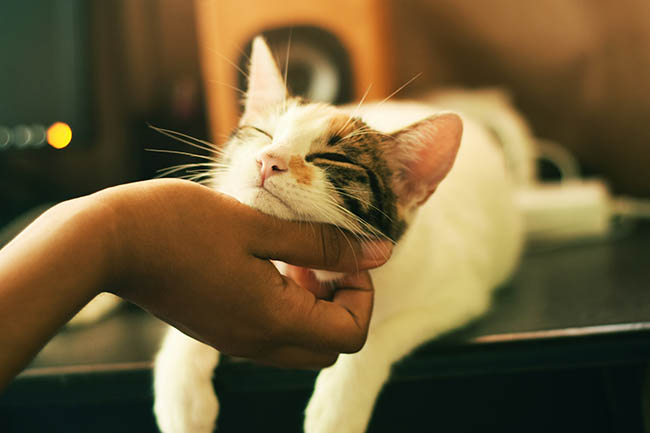
Did you know that a cat’s purr is more than just a soothing sound? It’s a symphony of healing vibrations! Studies have shown that a cat’s purr frequency falls within a range scientifically proven to promote healing and reduce stress in both cats and humans. So, the next time your furry friend curls up on your lap and starts to purr, embrace the therapeutic power of the purr and let it wash away your worries.
Do Scientists Understand Why Cat’s Purr?
The jury is still out on the exact reason. However, many cat professionals are adamant that cats purr for various reasons, including contentment, pain or injury, or encouragement to keep up the pats! It is also believed that purring plays a big part in allowing your cat to self-soothe.
Fact #4: A Cat’s Nose Knows
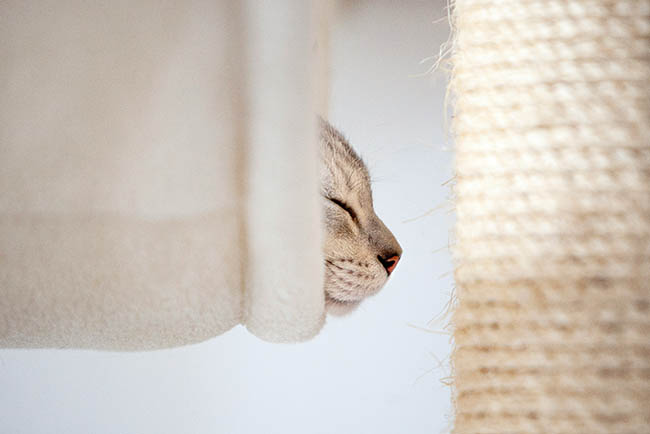
Move over, bloodhounds! Cats boast scent expertise that can rival even the most skilled scent detectives – particularly the two-legged variety – AKA humans. With over 200 million scent receptors in their noses, compared to a human’s mere five million, cats can detect odours with astonishing precision. From sniffing out hidden treats to identifying familiar scents, their sense of smell is a force to be reckoned with.
Can Cats Smell Better Than Dogs?
The jury is also out on this question – while cats have fewer scent receptors than dogs, one study suggests that cats are much better at decerning between different scents. In the arena of scent detection, how do the noses of cats and dogs measure up? While dogs may boast a higher count of olfactory receptors, averaging around 300 compared to the feline’s 200, recent research unveils a fascinating twist. Despite this numerical advantage, cats can differentiate between similar scents, tipping the scales in their favour.
Delving deeper into the science of scent receptors reveals an intriguing aspect. Cats shine brightly with these receptors, known as V1R receptors, the ones responsible for discerning between scents. While humans possess a mere two V1R receptors and dogs boast nine, cats reign supreme with an astonishing 30 receptors of this type. Thus, felines emerge victorious in this subtle realm of olfactory prowess, showcasing their remarkable scent capabilities.
Fact #5: Cats and Their Curious Contortionism
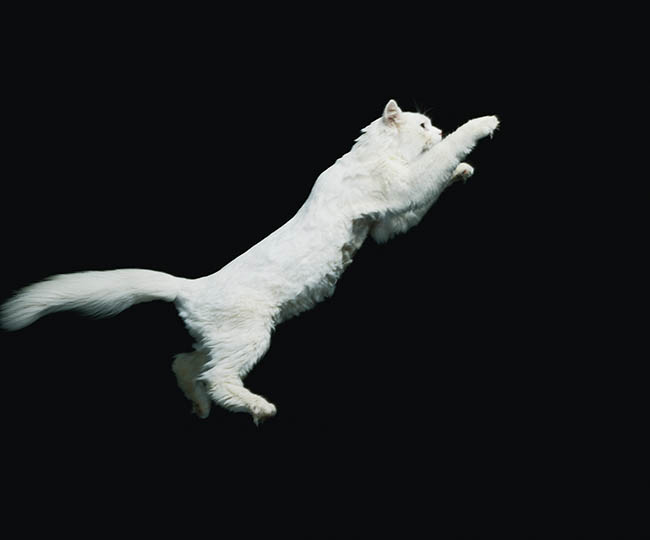
Ever marvel at the way your cat contorts itself into seemingly impossible positions with effortless grace? This flexibility is not just for show; it’s a testament to the marvel of feline anatomy. Cats have an extraordinary range of motion in their spines, allowing them to easily twist, turn, and squeeze into the tightest of spaces. It’s a skill that is handy during playtime, stealthy ninja missions, or squeezing into your flower vase!
Why Are Cats So Flexible?
A standout feature in the intricate design of a cat’s anatomy lies within their vertebrae—the building blocks of their spine. Unlike humans, who typically possess 33 vertebrae, felines boast an impressive count of 53. This is primarily attributed to over 20 small bones distributed throughout their elongated tails.
The arrangement of these vertebrae in a cat’s spine is characterized by remarkable flexibility, facilitated by elastic cushioning discs nestled between each bone. This unique construction grants cats an astonishing range of motion, allowing them to rotate their head and trunk almost 180 degrees—a feat far beyond the capabilities of humans. This unparalleled flexibility serves cats well in various endeavours, from hunting to grooming. Imagine a cat effortlessly positioning its body in one direction while its head and neck twist gracefully in the opposite, easily reaching even the most inaccessible spots.
Moreover, this adaptability extends beyond mere flexibility; it enables cats to showcase thier agile maneuvers such as mid-air twists without risking spinal injury and swift directional changes crucial for their hunting techniques. Even a cat’s pelvis is intricately connected to the spine, designed for maximum flexibility, ensuring they are well-equipped for their acrobatic lifestyle.
Fact #6: The Mysterious Magic of Catnip
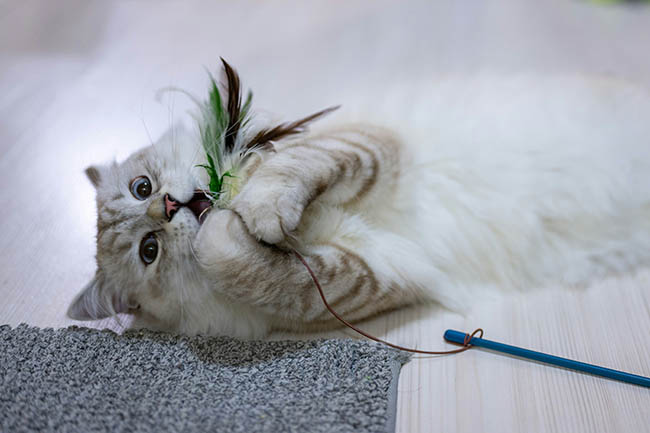
Ah, catnip, the herb that holds the key to feline euphoria. But what exactly is it about this seemingly ordinary plant that sends our cats into a state of blissful ecstasy? The answer lies in a compound called nepetalactone, which binds to receptors in a cat’s brain, triggering a cascade of happy sensations. Not all cats are affected by catnip, but for those who are, it’s a one-way ticket to a whimsical world of rolling, frolicking, and joy.
What Does Catnip Do To Cats?
Catnip, scientifically known as Nepeta cataria, induces a unique reaction in many cats, characterized by euphoria and increased activity. When cats encounter catnip, the nepetalactone compound in the plant triggers a response in their brains, leading to behaviours like rolling, rubbing, and playful antics. However, not all cats are affected by catnip, as sensitivity to its effects is hereditary and estimated to affect around 50-70% of the feline population. For those cats that do respond, catnip can provide mental stimulation and enrichment, making it a beneficial addition to their environment. However, moderation is vital, as excessive exposure to catnip can lead to habituation and reduced sensitivity over time. Additionally, some cats may exhibit aggressive or heightened anxiety when exposed to catnip, so pet owners must observe their cat’s reactions and provide appropriate supervision. While catnip can be a fun and enriching experience for many cats, it’s essential to consider individual sensitivities and use it responsibly.
Fact #7: Cats, the Ultimate Sleep Connoisseurs
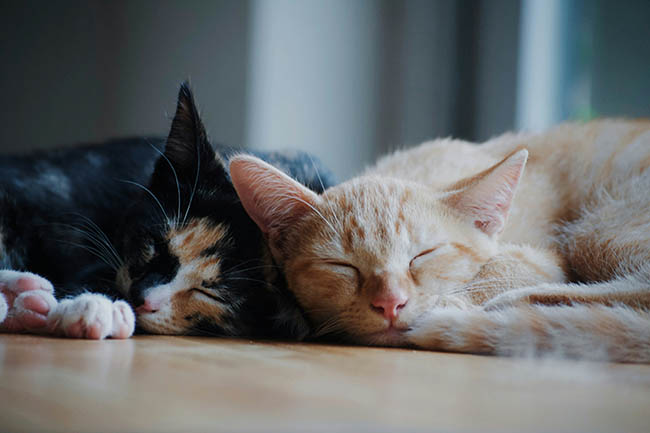
If there’s one thing cats excel at (besides being utterly adorable), it’s the art of catnapping. On average, cats sleep for a staggering 12-16 hours a day, making them the undisputed champions of slumber. But don’t be fooled by their sleepy demeanour; cats are crepuscular creatures, meaning they are most active during the twilight hours of dawn and dusk. So, while you’re hitting the snooze button in the morning, your feline friend is just gearing up for an extra hour of mischief!
Is It Normal For My Cat to Sleep All Day?
Distinguishing between typical catnaps and abnormal lethargy hinges on understanding your cat’s unique sleeping patterns. While the average adult cat may indulge in 16 to 18 hours of slumber daily, it’s crucial to recognize when this behaviour deviates from the norm. Normal catnapping should be interspersed with periods of alertness and responsiveness to familiar stimuli, such as your presence or the sound of food preparation. However, if you notice your cat sleeping excessively or displaying signs of discomfort when lying down or getting up, it could indicate an underlying health issue that warrants attention. Familiarity with your cat’s usual habits and prompt recognition alongside veterinary advice can help ensure their well-being and health.
Wrapping Up
And there you have it, cat-loving readers, a whisker-twisting journey into the fascinating world of our feline friends! From whisker wonders to tail tales and everything in between, cats never cease to amaze us with their charm, agility, and mysterious ways. So, the next time you find yourself in the company of a cat, take a moment to appreciate the depth of their enchanting presence and the magic they bring into our lives. Until next time, may your days be filled with purrs, cuddles, and endless cat-inspired adventures!
Nadia Crighton is a renowned and accomplished professional in the fields of Journalism, Public Relations, and Writing, with an extensive career spanning over 25 years, 20 of which have been dedicated to promoting the health and well-being of pets.
Get the latest Pet Insider Tips & News
We offer award-winning* pet insurance policies to protect your furry friend’s health and wellbeing. Get a quote today and give your pets the care they deserve.
Archives
Categories
- Cat Care (64)
- Cats (1)
- Dog Care (124)
- Guides (28)
- Health and Nutrition (200)
- Lifestyle and Activities (218)
- Media Release (23)
- Pet Care (246)
- Rescue Dogs (1)


